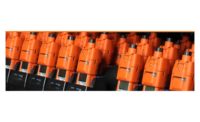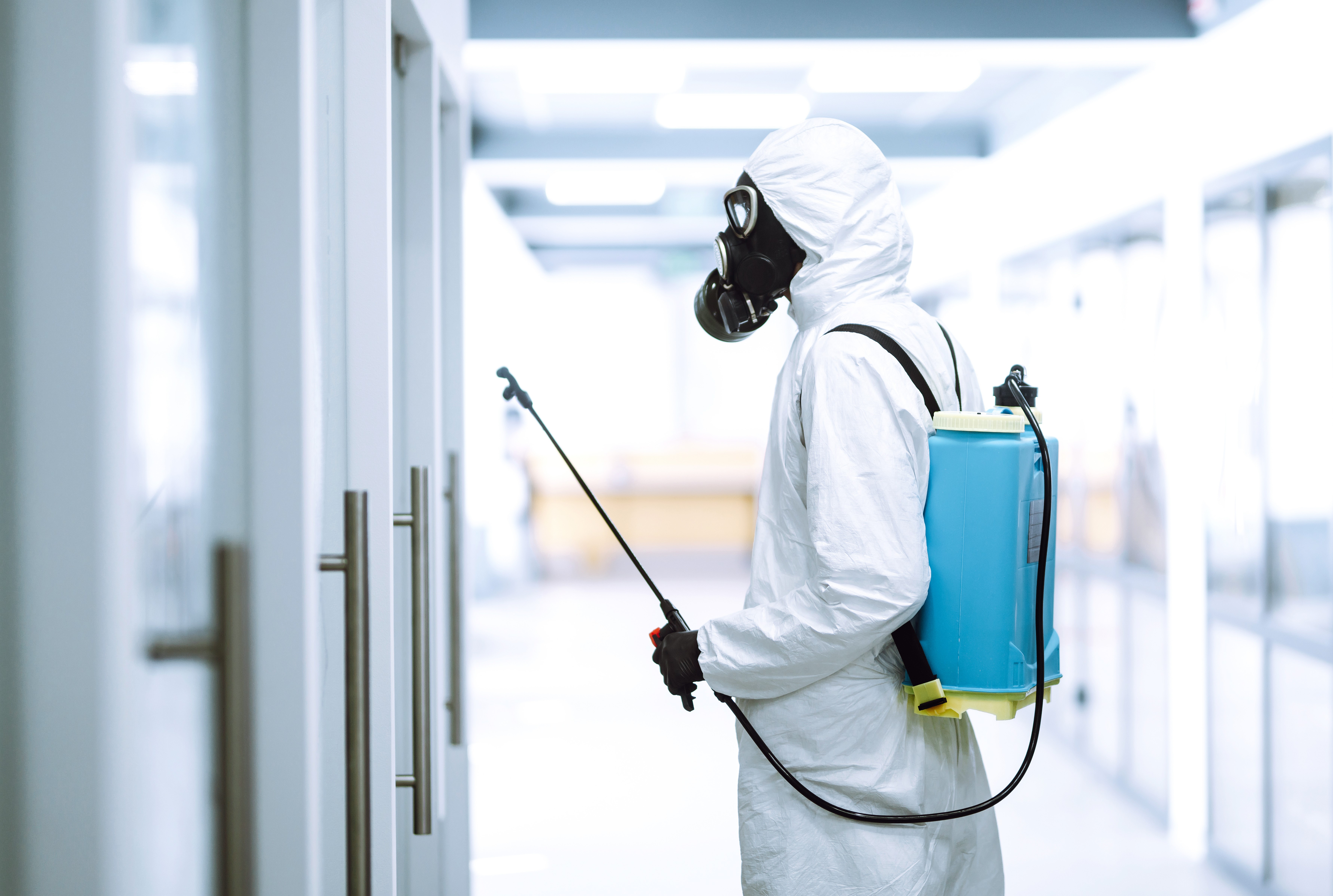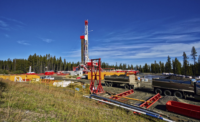Challenging times in the oil and gas industry call for creative solutions. When it comes to choosing gas detection equipment, getting the most “bang for your buck” without sacrificing or compromising worker safety is a key factor in the decision-making process. There are many choices in the market today including equipment rental, CPO (certified pre-owned), and disposable equipment.
So how do you decide what’s best for you?
This article explores portable gas detection equipment solutions that meet the needs of the application, as well as the situation, while keeping cost considerations in mind.
Personal monitoring
Diffusion or “non-pump” style gas detectors are typically the best model to use when a gas detector is needed for a personal monitoring application. They are lighter, smaller and are a lower cost option than the aspirated or pump version. You can source a single gas or multi-gas personal monitor, depending on the gas hazards you may face. There has been a strong push from many companies in the oil and gas sector to use a standard four-gas personal monitor for many of these applications. The sensors in the standard four-gas would include: oxygen (O2), combustible gases (LEL), carbon monoxide (CO) and hydrogen sulfide (H2S). Many oil refineries have an issue with small, background traces of hydrogen gas that can cause false readings on the standard CO sensor. In those applications, a specialized CO sensor that reduces that cross-interference is recommended.
Confined space entry
For applications that require a remote sample, like a confined space entry check, a gas detector with a pump should be used. There are both built-in pumped gas detectors and detachable pump options for this type of work. Sample tubing or probes are used in conjunction with aspirated gas detectors, depending on whether it is a horizontal or vertical entry.
Be sure to equip yourself with the appropriate sensor configuration. For general confined space entry, oxygen and combustible gas sensors are required at a minimum. Toxic gas sensors that fit the possible hazards within the space should also be included. Most applications call for carbon monoxide (CO) and hydrogen sulfide (H2S) as well.
Area monitoring
Permanent mount “fixed systems” are used to detect and monitor gas in a particular area of a refinery or in the field. Sometimes, however, short-term situations arise, such as turnarounds or outages, and a more temporary, transportable area monitor solution is a better fit.
In fence line monitoring, area monitors are dispersed along the boundary of a particular operation (like a tank farm for example). The area monitors can be set up to communicate gas readings and alarms to one another, helping workers to react faster in an emergency.
Short-term needs – rentals
Why pay a large capital expense up front and then also pay to maintain those assets all year long when that particular group of equipment is only needed once or twice per year for a short time? Here are a few situations when renting makes good sense.
• Project/Contract Work: A short-term project, such as a turnaround/outage, can typically last anywhere from a few days to a few months. Maybe you have a project that requires monitoring for a specific gas and you do not currently have a corresponding sensor installed in your fleet of gas detectors. Some “exotic” sensors are expensive to purchase and maintain. Consider renting if the need is short term.
• Trial: If you are in the market to purchase gas detectors, it might be a good idea to rent that unit first to see if it is something you will want for your long-term needs.
• Repair Rental: Check with your gas detector service center for a repair rental while yours is being serviced.
Source a rental company that has a good track record. Ask them how they bill for their services: What does it include? What is the minimum rental period? Is there a break in price for longer term applications? When does the rental start/end? Is the equipment prepared by factory trained technicians? How will freight charges be handled?
Long-term projects – certified pre-owned
Consider buying “CPO” or certified pre-owned gas detection equipment for longer-term projects that are set to last six months or longer. Check with the manufacturer as some will offer warranties that may cover the entire term of the project.
When thinking about the CPO gas detector solution, compare it to car shopping. Not everybody goes out and buys a new car every time they are in the market to get one. In fact, a large percentage will end up purchasing a used vehicle. According to reports from Edmunds and Wall Street Journal, 17.5 Million NEW cars and trucks were sold in the United States in 2015;38.3 Million USED cars were sold. Here are just a couple examples of why people purchase used cars vs new:
• Maybe they need to get a vehicle for their 16-year-old son or daughter. They want a safe and reliable option with a warranty, but knowing how teenagers drive, they don’t want to invest in a brand new BMW.
• Maybe they just need a reliable car to get them back and forth to work every day. They want something that does the job – but is a lower cost option.
Purchasing a CPO gas detector is a low cost, low commitment option that carries that same level of safety and its new counterparts.
Everyday operations
For everyday operations, consider purchasing new gas detection equipment or look at the latest in gas detector subscription programs. If you have the personnel and technical expertise to maintain your own fleet of gas detectors, purchasing new equipment can be a solution that best fits your situation.
Weigh your options, but don’t forget about all of the hidden costs that come with owning gas detection equipment. There are lease/subscription based programs available that include a service-based exchange program which takes care of the maintenance aspect of owning gas detectors.
These are just some options to consider when matching gas detector options with the applications. No matter your situation, there are options available to ensure your workers and property stay safe, even on a tight budget.



